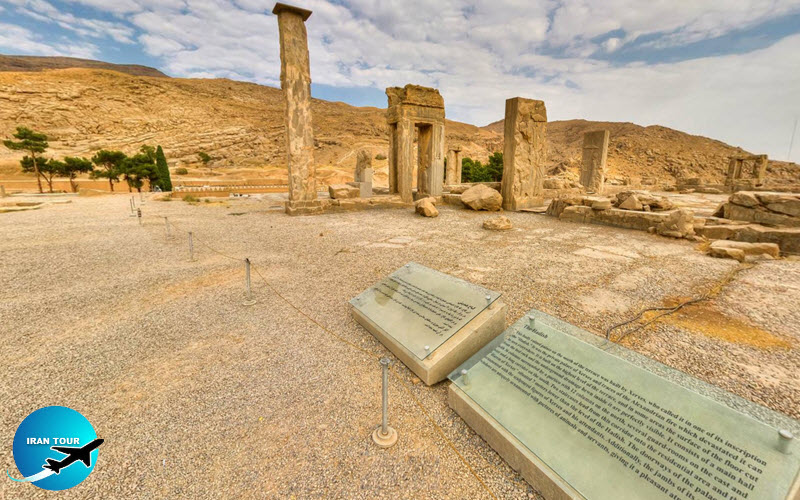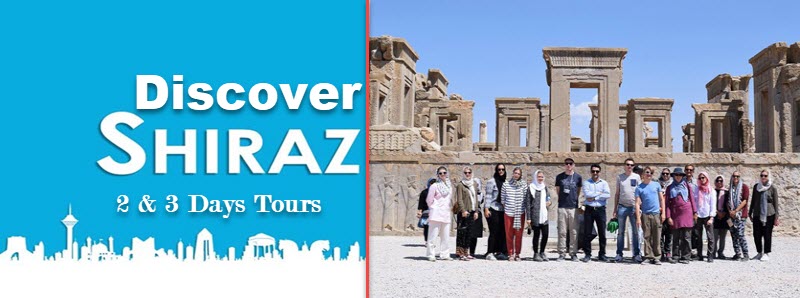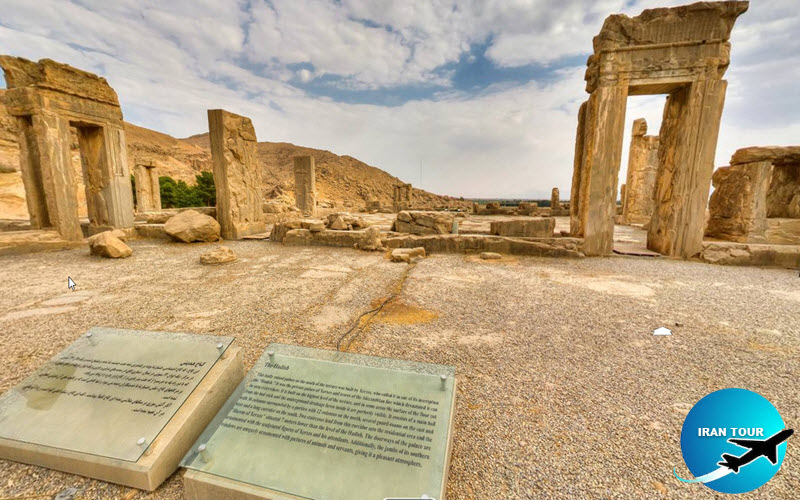Copyright 2020 - 2021 irantour.tours all right reserved
Designed by Behsazanhost
Hadish Palace
Hadish Palace
The construction of Hadish (perhaps a common name for 'residence”) was begun by Darius and completed by Xerxes. Its plan is essentially an expanded version of the Tachara. Its devastation has caused some scholars to deduce that Alexander's arson started at this point, perhaps in retaliation for Xerxes's burning of the Parthenon in Athens. Standing on a platform hewn from the natural bedrock, the Hadish was reached by four staircases: one from the Tachara courtyard, another from the court south of Tripylon, and the remaining two from the west wing of the Harem.
 |
The palace was laid out in the east-west direction and was 55 m long and 40 m wide. Its main core was occupied by a square central hall supported by thirty-six wooden columns on round stone bases. The shafts of the columns were covered with painted plaster or gold leaf. On the north, the hall was adjacent to an open portico upheld by twelve columns and linked with the main hall by two imposing doorways. On the south, a door led from the hall to a narrow veranda. Each of the sections to the east and west of the main hall consisted of a four-columned central chamber, a guardhouse, and service rooms. The east part also had a watchtower. The palace was provided with an efficient drainage system; rainwater was led into chimney-like shafts inside the pillars and walls, and then into underground channels, which carried water to the plain.
 |
 |
The decorative details of the Hadish were generally similar to those of the earlier Tachara, and a number of its trilingual inscriptions repeat the story of the palace's completion by Xerxes. The only unique decorative treatment of the Hadish are the bas-reliefs of its window ledges, which depict attendants carrying food or leading ibexes with huge, curved horns. The doorjambs of the main hall have sculptured portraits of Xerxes, accompanied by two attendants, one of whom holds a sunshade, and the other, a towel and a flywhisk. The holes in the carved portrayal of the king's coat and crown were the anchor points of precious gold objects. The king undoubtedly wore a crown, circles, and anklets, while his beard might have been inlaid with gems. The floral motifs that adorned the king's once colorful clothes are no more recognizable by an unaided eye, nor are the roaring lions which decorated the hem.
Palace D
To the east of the Hadish is an open area about 45 m long and 40 m wide. The excavations have revealed only mud-brick and stone debris - insufficient for the identification of the structure. Some scholars believe that the building once housed guardhouses, while others have guessed that it was another private palace.
- Details
- Category: Museums of Shiraz






